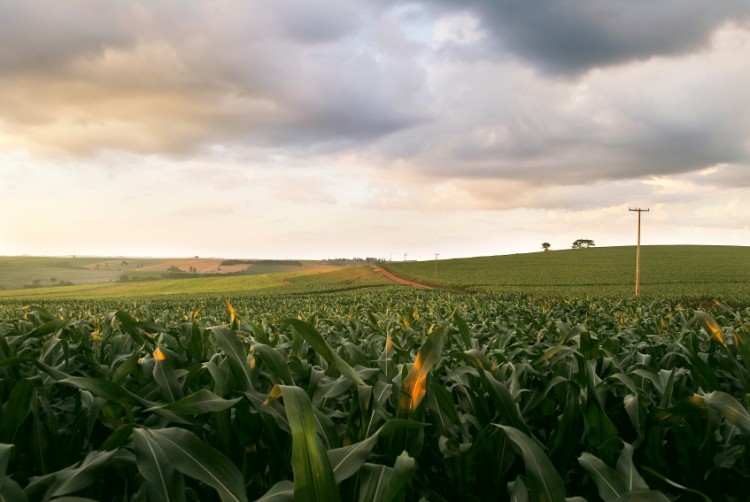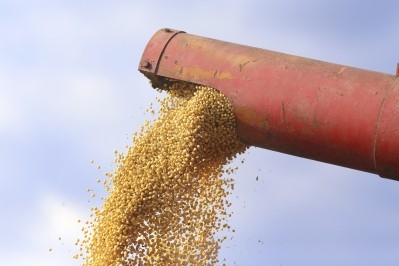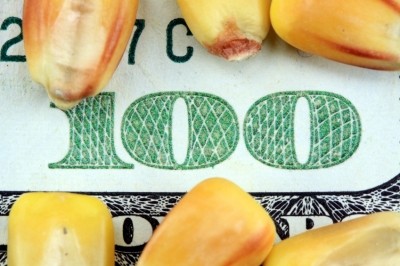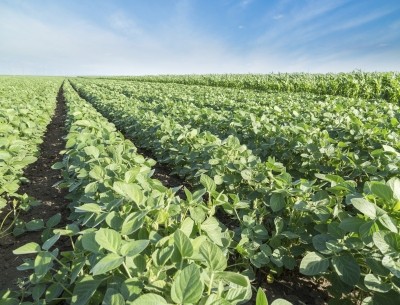USDA report shows corn use in feed down in Q3 despite record livestock numbers

Two reports released Thursday, the updated grain stocks and planted acreage reports, highlighted bigger US corn and soybean stocks than expected and a growth in planted acres for those feed crops.
The data included several bearish surprises like a decline in the usage of corn, said Scott Irwin, Laurence J. Norton Chair of Agricultural Marketing at the University of Illinois in a FarmDoc webinar on the two reports.
“The June 1 corn stocks estimate that was released by the USDA yesterday, that number came in at 4.72bn bushels and that was roughly 200m bushels higher than the market expected,” he said. “We can compare the size of that market surprise for about the last 10 years on June 1, and we can see that it was a pretty big surprise, specifically 194m bushels larger stocks, which means that there was a 194m bushels less use in the third quarter than was expected.”
The decline in the amount of corn used is one of the largest seen in the last decade, he added.
Corn stocks
Overall US corn stocks have increased 6% from June of 2015, said the USDA.
Farm storage amounts to about 2.47bn bushels, an increase of about 9% from last year and off-farm stocks are resting at 2.25bn bushels, an increase of 3%, the agency said. “The March - May 2016 indicated disappearance is 3.10 billion bushels, compared with 3.30 billion bushels during the same period last year,” it added.
That data for the grain stocks report indicates that third quarter feed and residual use of corn fell under 1bn bushels, said Irwin. "Our estimate is 962m bushels to be precise. We expected that to be north of 1bn to 1.1. The number is really pretty surprising in light of the record livestock numbers and fairly robust environment for the livestock industry and speaks to the uncertainties that we deal with year in and year out from those stocks estimates," he added.
However, a fluctuation in stock levels should not be over interpreted because there can be sampling variability in the numbers, noted Irwin.
Soybeans
Soybeans have also seen overall stocks increase by 39% from this time last year, said the USDA. Total stocks amount to about 870m bushels with 281m bushels being kept on farms and off-farm stocks rising 55% to 589m bushels.
“Indicated disappearance for the March - May 2016 quarter totaled 661m bushels, down 5% from the same period a year earlier,” the agency said.
Although the stocks increased for soybeans, the market did not significantly alter, said Irwin. “That was actually the largest bearish June 1 stock surprise on soybeans for the last decade,” he added.
However, the soybean stocks could create a good deal of noise in estimates, said Darrel Good, professor emeritus in the department of agricultural and consumer economics at the University of Illinois, who was also a participant in the FarmDoc webinar.
“We don’t feel like we get final or useful information until we see the September 1 stocks,” he said. “So while this was a bigger inventory than expected the market tends to discount it saying let’s wait and see what September says.”
Acreage updates
Updated acreage planted saw an uptick in corn and soybeans, though the total amount of wheat planted dropped, said the USDA.
Corn planted rose 7% from what was planted in 2015, bringing total acres planted to 94.1m acres and the area expected to be harvested for grain to 86.6m acres, said the agency. The area is the third largest harvested for grain since 1933.
The question with the new numbers will be to see what the final yield per acre is, said Good. “The critical part of the growing season is upon us,” he added.
Acres planted for soybeans are up 1% from last year to an anticipated record 83.7m acres, said the USDA. Area to be harvested is at 83m acres, also a 1% increase from 2015 and would set a record high if accomplished.
Wheat area overall dropped about 7% from 2015, the agency said. While below last year, the 2016 winter wheat crop is up 1% from the previous estimate this year.












